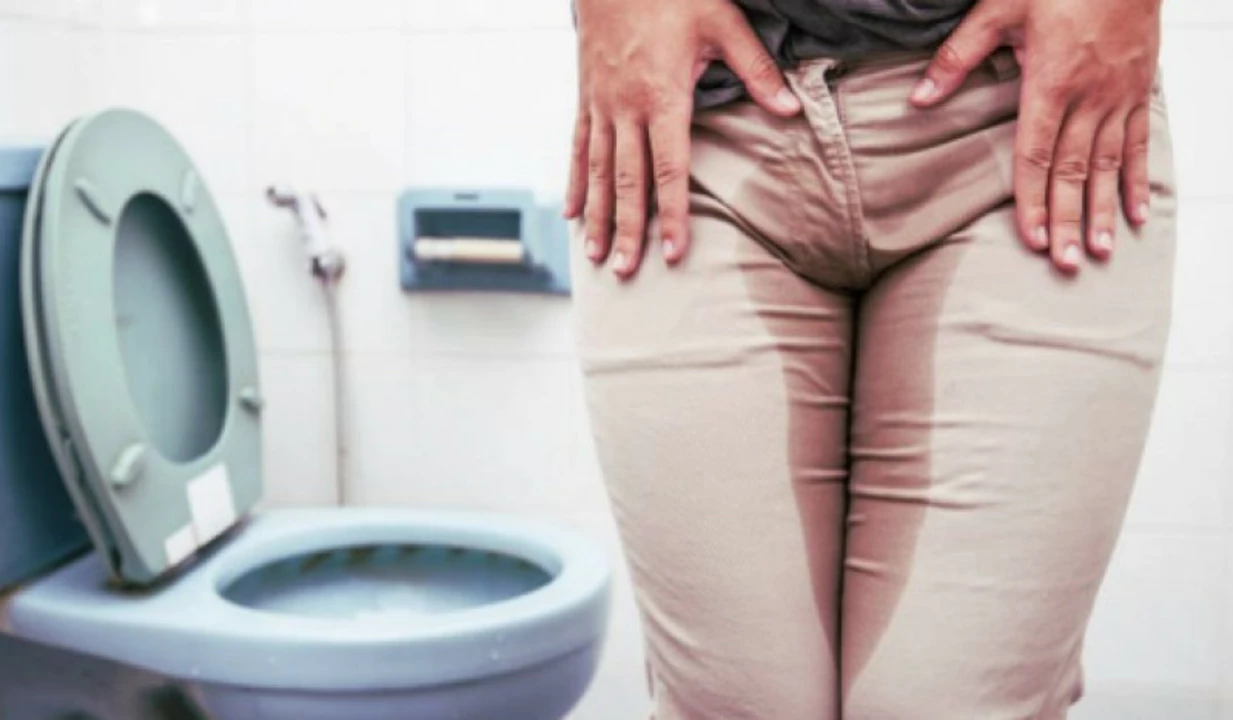Urine Leakage: Practical Fixes, Causes, and When to Get Help
If you leak pee when you cough, laugh, or run, you’re not alone. Urine leakage can feel embarrassing, but there are simple steps you can try at home and clear medical options if needed. This page gives quick facts, useful exercises, lifestyle tips, and signs that mean you should see a clinician.
First, know the common types. Stress incontinence happens when pressure on the belly — like sneezing or lifting — pushes urine out. Urge incontinence is a sudden, strong need to go and you can’t reach the toilet. Mixed incontinence combines both. Overflow leaks happen when the bladder doesn’t empty fully and dribbles.
Causes vary by age and sex. Pregnancy, childbirth, and menopause weaken pelvic muscles in women. In men, prostate growth or surgery can cause leaks. Nerve damage from diabetes, stroke, or spinal issues affects bladder signals. Some medicines, caffeine, and urinary infections can make symptoms worse.
Simple steps you can try today
Start with pelvic floor exercises. Find the right muscles by stopping urine midstream once — that shows where to squeeze. Do sets of 8 to 12 squeezes, holding each for 5 seconds, three times a day. If holding is hard, begin with shorter holds and build up. Consistency matters: give it six to twelve weeks before judging results.
Try bladder training. Delay urination by a few minutes at first, then slowly increase the wait time to stretch your bladder. Keep a bladder diary for a few days: note drinks, trips to the toilet, and leak episodes. That helps spot triggers like coffee, alcohol, or spicy foods.
Use practical products to stay comfortable. Absorbent pads, leak-proof underwear, and bed protectors let you stay active and worry-free. Pick breathable fabrics and change pads regularly to avoid skin irritation.
Medical options and when to see a doctor
See a doctor if leaks start suddenly, come with pain, fever, blood in urine, or when home measures don’t help after a few weeks. Your clinician may order a urine test, bladder scan, or simple urodynamic tests. Treatment options include prescription medicines to calm bladder spasms, vaginal pessaries for pelvic support, onabotulinumtoxinA injections for severe urge leaks, nerve stimulation, or surgical fixes like slings for stress leakage.
Pelvic floor physiotherapists teach targeted exercises and biofeedback that many people find more effective than guessing on their own. Weight loss, quitting smoking, and treating constipation also reduce pressure on the bladder and improve symptoms.
Nighttime leakage tips: limit fluids two hours before bed, use waterproof mattress protectors, schedule bathroom breaks on long trips, also empty bladder before leaving. Men should mention prostate history; women should note childbirth and pelvic organ prolapse. Bring your bladder diary to appointments — it helps diagnosis and gets you treatment.
Small changes often make a big difference. Start with pelvic floor work, cut back on bladder irritants, and track progress. If you’re not seeing steady improvement, book an appointment — leaks are common and treatable, and you don’t have to manage them alone.

The Impact of Urine Leakage on Quality of Life and How to Improve It
Urine leakage has greatly impacted my quality of life, making me constantly worry about embarrassing accidents and limiting my social interactions. It has also affected my self-esteem and confidence, causing emotional distress. To improve this situation, I've been exploring various lifestyle changes, such as maintaining a healthy weight, practicing pelvic floor exercises, and cutting down on caffeine and alcohol. Additionally, I'm considering consulting a healthcare professional for personalized advice and exploring other treatment options. By taking these steps, I hope to regain control over my life and enjoy my daily activities without fear or discomfort.
Read more